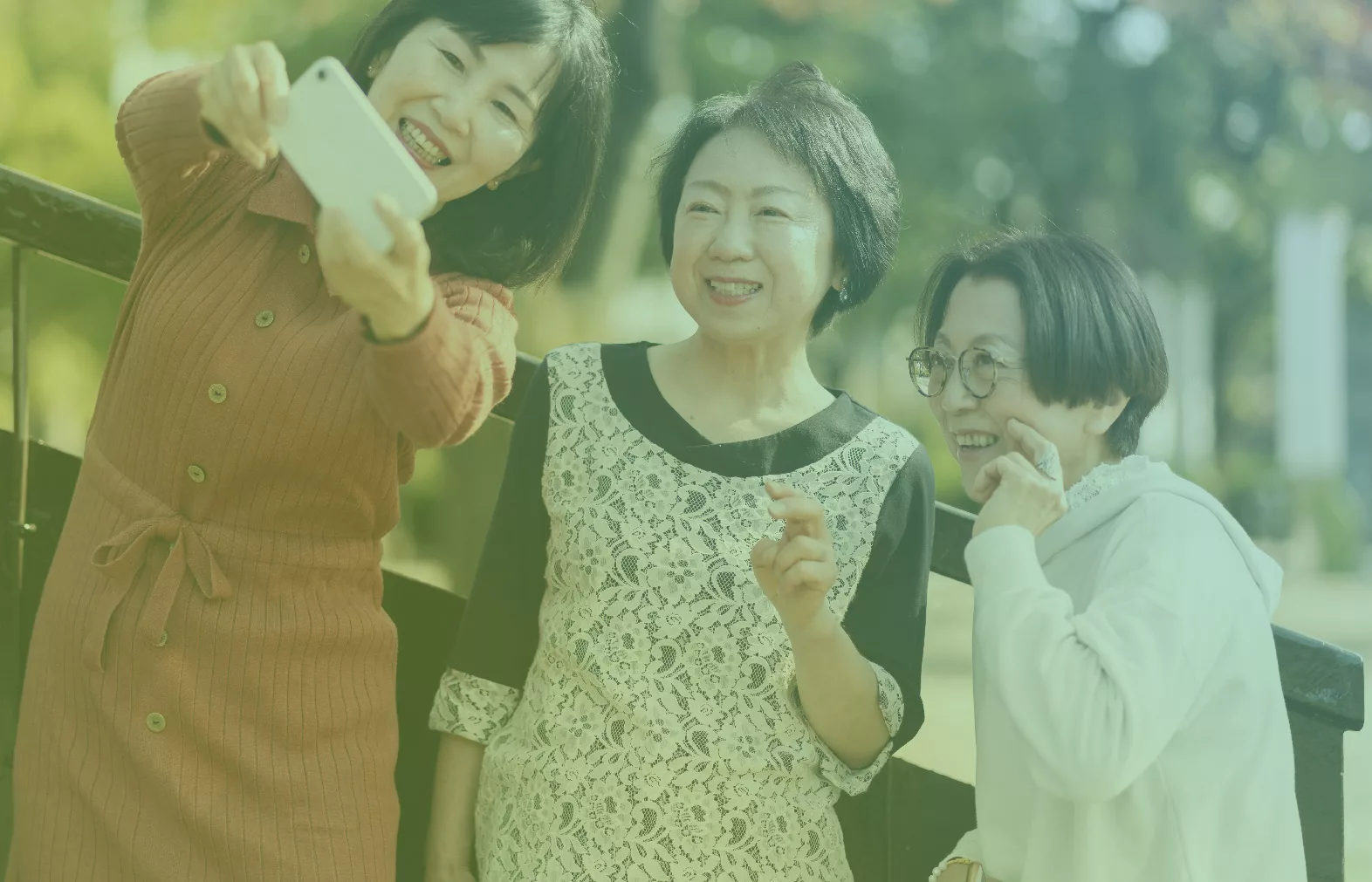The 2024 Singles’ Day shopping festival concluded with impressive results. The total GMV for the event reached ¥1.4418 trillion (approximately €187.43 billion), reflecting a 26.6% year-on-year growth.
This robust figure highlights the enduring purchasing power of Chinese consumers. The success of this shopping extravaganza highlights the critical role of omnichannel marketing, emotional engagement, and seamless payment experiences. Leading merchants leveraged pre-event promotions across Chinese social media platforms such as WeChat and XiaoHongShu, tailoring campaigns to captivate their target audiences.
From home appliances to fashion and beauty products to luxury goods, Chinese consumers have demonstrated an unwavering demand for premium products and convenient shopping experiences. For European businesses, these trends offer actionable insights into how to tap into the lucrative Chinese New Year market.
With the Lunar New Year approaching, China’s most important traditional festival—widely celebrated in China and several other Asian countries—has become an unmissable sales opportunity for European merchants and cross-border e-commerce businesses.
Lunar New Year symbolises reunion, blessings, and the deepening of family bonds. Unlike the individualistic shopping trends of events like Singles’ Day, Lunar New Year shopping emphasises emotional connections, often revolving around family and friends. Key shopping trends include:
- Gifts and wellness products: Health-related gifts like supplements and wellness tech express care and well-wishes, reflecting the cultural importance of health and longevity for family members, particularly elders.
- Luxury goods: Items like branded watches, jewellery, and leather accessories symbolise respect and achievement. They are often given as a gesture of appreciation or purchased as rewards for hard work, reinforcing the cultural value of honouring one’s efforts.
- Personalised and customised gifts: Customising gifts, such as engraved items or personalised luxury gifts, has become a popular trend. This reflects thoughtfulness and a desire to reflect the recipient’s unique qualities, making the gift more meaningful and connected to the giver’s intentions.
- Cultural specialty items: Chinese consumers value products with cultural significance, making them ideal family gifts. These items, such as traditional tea sets with specially curated herbal teas sourced from family-run farms or local artisans, show care while honouring centuries-old customs of health and vitality.
The consumption boom during the Chinese New Year is evident not only within China. With the global footprint of Chinese consumers, cross-border spending during this festival season is also significant. According to Alipay’s outbound travel data, the number of overseas transactions made by Alipay users during the Chinese New Year period reached 107% of the levels seen in the same period of 2019. Moreover, transaction amounts saw a substantial year-on-year increase of 140% compared to 2023. This strong rebound in outbound tourism not only reflects the growing diversity in travellers’ preferences but also underscores the increasing presence and adaptability of alternative payment solutions in global markets.
How can European merchants leverage the Chinese New Year for marketing opportunities?
One critical point to note is that the Chinese New Year is based on the lunar calendar, differing from the Gregorian calendar. For 2025, the Chinese New Year falls on January 29, and the shopping peak typically occurs about a month before the festival. To attract Chinese consumers and other Asian countries celebrating the New Year, merchants should begin the marketing campaigns as early as the end of December. Below are some practical suggestions tailored for the Chinese New Year:
New Year exclusive products
Chinese New Year has traditionally been associated with red as the dominant colour, symbolising celebration and joy, while gold accents are often added to represent prosperity and wealth. For the upcoming Year of the Snake in 2025, merchants can incorporate these elements into product packaging or marketing designs, such as creating themed items or posters that align with the festival’s aesthetics.
A simple and impactful approach could be to include a “New Year Blessing” envelope with purchases, expressing gratitude to customers. Customising packaging or offering thoughtful gifts aligns with the festive spirit, leaving a positive impression on consumers.
In addition to Chinese elements and aesthetics, European merchants should focus on fostering deeper meaningful connections and cultural engagement with consumers. Collaborating with Chinese artists or craftsmen and creating exclusive, culturally relevant products or events in partnership with Chinese creatives helps build authentic connections and demonstrates respect for Chinese heritage.
Focus on emotional marketing
Chinese New Year is deeply rooted in themes of family, gratitude, and new beginnings, making it an ideal time to connect with consumers on an emotional level. Merchants can:
- Craft brand stories or advertisements that emphasise this festival’s themes like “togetherness”, “gratitude” or “renewal”.
- Use videos, social media posts, or campaigns to weave the brand’s identity into these festive themes, creating genuine resonance with consumers and fostering stronger brand loyalty.
Leverage social media for targeted outreach
Platforms like XiaoHongShu (often referred to as the Chinese equivalent of Instagram) are widely used in China as hubs for shopping inspiration. Merchants can effectively utilise these platforms to connect with their audience and boost brand visibility during the Chinese New Year. You can do so by:
- Set up your official account on the Chinese social media platform to share photos, videos, and product or service showcases in an appealing and culturally relevant manner.
- Use advertising tools to promote content targeted at specific demographics, focusing on New Year-related keywords for greater relevance.
- Post engaging content with themes such as “New Year Celebrations” or “New Year Gift Ideas” to resonate with the holiday atmosphere.
For example, a local restaurant could launch a XiaoHongShu campaign encouraging users to comment on the dish they’d most like to try. The restaurant selects winners to enjoy a complimentary Chinese New Year meal with their loved ones. Participants will be encouraged to share their dining experiences on the platform afterwards. This strategy strengthens positive word-of-mouth while generating significant exposure, ultimately boosting the restaurant’s visibility and improving its search rankings on the platform.
Collaborate through crossovers and partnerships
Cross-industry collaborations can significantly enhance brand visibility during Chinese New Year by blending cultural authenticity with innovative campaigns:
- Partner with traditional artisans, modern designers, or influencers to create unique , limited-edition products or events.
- Launch creative campaigns such as short films or interactive experiences that emphasise the festival’s themes of family, joy, and renewal.
For example, a global brand could collaborate with a Chinese artist to create zodiac-themed packaging, seamlessly blending traditional symbolism with contemporary branding. This approach enhances the brand’s cultural relevance, resonates with Chinese consumers’ appreciation for authenticity, and increases the likelihood of engagement and purchase.
Encourage User-Generated Content (UGC)
UGC campaigns help build a strong sense of community and amplify brand awareness:
- Host contests encouraging customers to share New Year-themed photos featuring your products or services.
- Reward participation with incentives, such as exclusive discounts or prizes.
For example, a cosmetics brand could invite users to showcase their festive makeup looks using branded products. Submissions shared with a specific hashtag could enter a giveaway, and standout entries could be reposted on the brand’s official channels to engage further, win rewards and inspire their audience.
Enable Chinese payment methods
Supporting payment methods like Alipay and WeChat Pay enhances customer experience while leveraging their promotional features to attract Chinese New Year shoppers.
- Integrate Alipay+ to expand reach to broader consumers across Asia.
- Utilise Alipay’s “City Page” feature to highlight merchant information and special New Year deals.
These trusted payment methods attract Chinese consumers and encourage higher spending through platform-specific promotions during the New Year, such as “Best exchange rates” and “small red envelope.” Thus, they are powerful tools for driving engagement and boosting sales during the festive season.
In today’s increasingly globalised consumer market, the Chinese market is no longer a far-off, untapped opportunity but an essential area for any international business. Only by truly understanding Chinese consumer behaviour and emotions can businesses achieve long-term growth in this dynamic market. For European merchants, the Chinese New Year presents a prime opportunity. Contact us for assistance with brand strategy, social media management in China, and integrating Chinese payment systems to complete your offering and expand into the Chinese consumer market.
*PayXpert provides products and services in all of Europe and the UK. The acquiring services are managed by PayXpert Spain for Europe and PayXpert Ltd for UK. More details about the products and services offered by PayXpert are accessible via their official website in Spain (www.payxpert.es)





